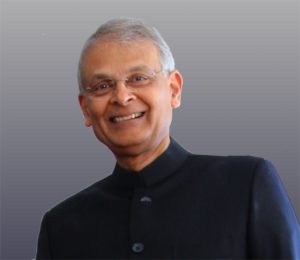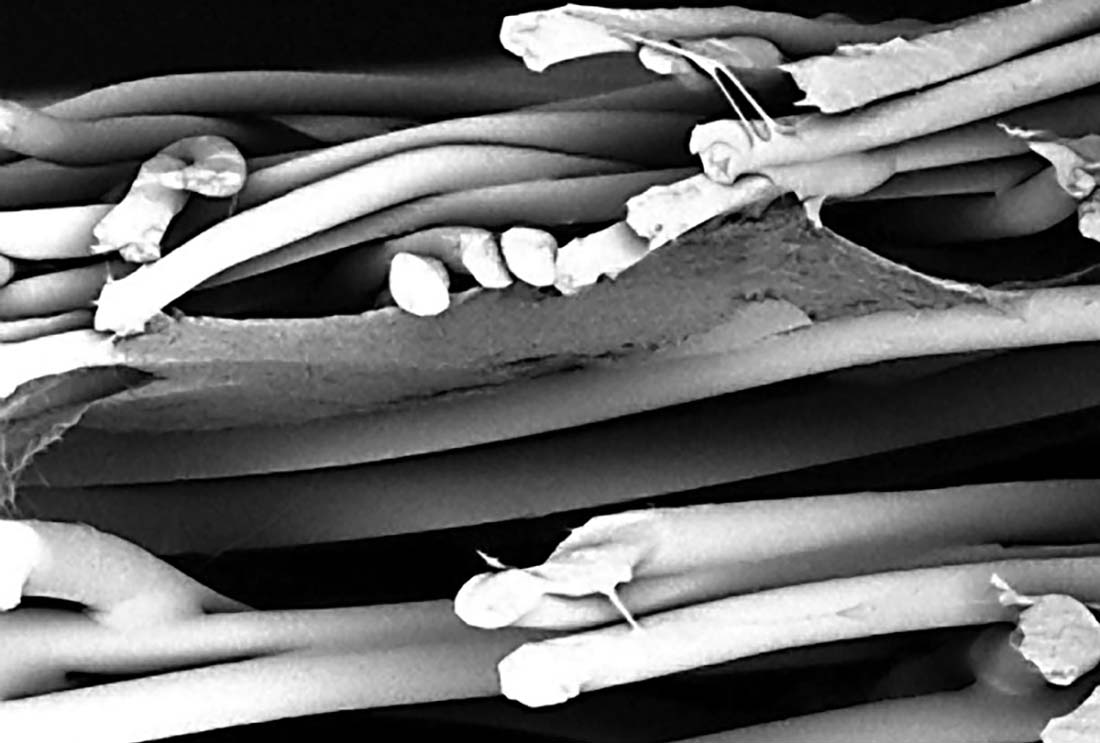Over the last few years, there has been a steadily increasing demand for improved air quality, particularly indoors, whether in private, public or industrial areas. Likewise, consumers are increasingly aware of the potential health and aesthetic benefits of water and air treatment systems and are becoming more willing to invest in these products to improve the environment inside their homes.
Economic and population growth will increase demand, which will require increased production and increases in manufacturing efficiency for industrial products, foods and beverages, and transportation, all of which means an increased need for filtration media.
Meanwhile, regulatory and standards-based initiatives, such as the Eurovent RS4/C/001-2019 energy rating for air filters, which was updated at the start of 2019, are influencing filtration technology. Whereas Eurovent previously measured according to standard EN779, the latest update now links efficiency to ISO 16890.
This is having an impact on product development, particularly in the area of filtration performance and energy efficiency, according to Sandler, based in Schwarzenbach/Saale, Germany. The company has responded with a progressively structured pocket filter media containing fine fibers of less than 1µm, which attain high efficiency as well as having high dust-holding capacity.
Lydall, headquartered in Manchester, Connecticut, has also tested its complete range of filter media grades – from efficiency ePM2,5 50% to ISO ePM1 80% – in both flat sheet form and as V bank filters, in response to the latest Eurovent requirements.
Meanwhile, developments in nanofiber are impacting the filtration space as well. Hifyber, based in Denizli, Turkey, reports that to further reduce energy consumption, it has introduced new high performance nanofiber media for HVAC applications.
The company’s STP-4720 series is said to reach a new level of efficiency and low energy consumption by reducing particle concentrations in buildings while consuming less energy as a result of the relatively low air resistance of the media.
No fibers, no media. We can all go home. So I would say fibers of all kinds are the fundamental building block of our industry.
According to ISO 16890, the first pressure drop with Hifyber’s HF-STP-4720-09 coded media is almost half that of glass fiber filter media at 82 Pa and dust holding capacity at 200Pa is 316 grams.
And metallic microfibers manufactured by BinNova Metal Technology (MFT), of Jena in Germany, are now being turned into wetlaid nonwovens for applications in electronics, filter technology, battery materials and catalytic processes. Manufactured with a licensed technology from the Max Planck Institute in Germany, the fibers, made from a variety of different metals and alloys, are extremely fine, yet at the same time very robust.
It’s an exciting time for fiber developments in the filtration space. And to provide some added perspective on general trends in fibers for filtration, International Fiber Journal recently sat down for a conversation with R Vijayakumar, founder and chief consultant for AERFIL. With clients around the world, he is a globally recognized expert on contamination control, aerosols, filtration, holding several patents, publications and over 30 years’ experience.

Founder & Chief Consultant, AERFIL
IFJ: What role do fibers play in filtration applications and technology today?
R Vijayakumar: The majority of filters in air filtration and typical industrial liquid filtration are constructed with fibrous media, i.e., media made with fibers. No fibers, no media. We can all go home. So I would say fibers of all kinds are the fundamental building block of our industry.
IFJ: What are the current general trends in fiber technology for filtration?
R Vijayakumar: Fiber diameters are getting smaller to meet the demands for higher efficiencies and lower pressures, especially in the general ventilation filters. Some of these are getting to the diameters that used to be common only in HEPA and ULPA filters.
IFJ: What types of fibers are employed for filtration today, and for what types of filtration applications are these fibers being used?
R Vijayakumar: Except for micro fiberglass and cellulose used for wet laid media, all other fibers are mostly continuous filament fibers or the same long fiber chopped as supplied or in the media making process. Microfiber glass is primarily used in high-efficiency filter media used in air, liquid, and battery separators. The lower efficiency filter media are mostly made from continuous filament fibers, as is or chopped. In the case of meltblown or electrospinning, the media is usually made directly as part of the fiber making process.
IFJ: From a performance characteristic perspective, what are the important variables in fibers that enable filtration efficiency? What are the material characteristics that ensure high-performance filtration in different application and/or technology scenarios?
R Vijayakumar: These are discussed above. In general, the finer the fiber, the higher the efficiency and resistance. Other physical properties of the fiber determine the mechanical and chemical resistance of the media. For example, polymeric fibers allow for some stretching that may be needed for certain filter manufacturing processes.
IFJ: How is the emergence of nanofiber affecting the filtration sector today? How do you see nanofiber influencing filtration applications and technology going forward?
R Vijayakumar: The promise of nanofiber was the possibility for an increase in efficiency without the corresponding increase in resistance in the filter. Even after 20-plus years after the commercial debut of these fibers, the potential has not been fully realized. In my opinion, this is partly due to the costs of these fibers, and partly because few, if any, available nanofibers are truly in the nano size range (~100nm) to result in the promised benefit. In addition, incorporating nanofibers into current media processes is probably more complex than originally expected. Most of today’s nano filter media use nanofibers as an added layer to other conventional media. The one exception is HEPA and ULPA media where microfiber glass, in or close to the nano sizes, have been in vogue over many decades. That is nanofiber is not new; only the long filament version is.
IFJ: Looking 10-15 years into the future, what do you see as the future trends in fibers for filtration applications and technology? What role do you see fibers playing in the filtration applications/technology of tomorrow, and how will that role be different from what we are seeing today?
R Vijayakumar: I expect the industry to solve the manufacturing and the value problem with nanofibers so that we can realize its full promise. I also see new surface modification to fibers to add to the filtration performance with reduced footprint.
IFJ: Any parting shots/final thoughts to consider?
R Vijayakumar: I believe there will be a push for fibers from renewable materials, reusable/recycled fibers even more than today and perhaps a renewed emphasis on “source” control to minimize the need for filtration in the first place!
* Brad Kalil, director of market intelligence and economic insights, INDA, and Adrian Wilson, International Correspondent, IFJ, contributed to this article.


